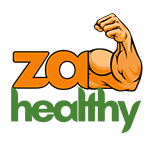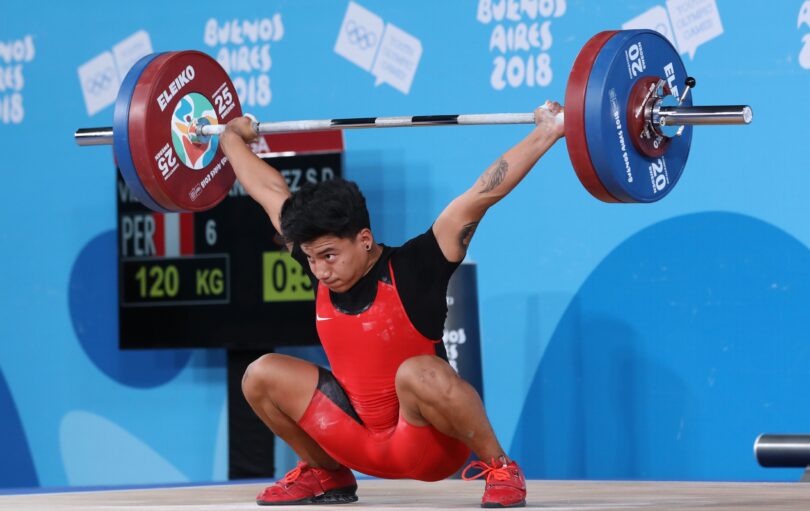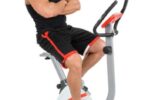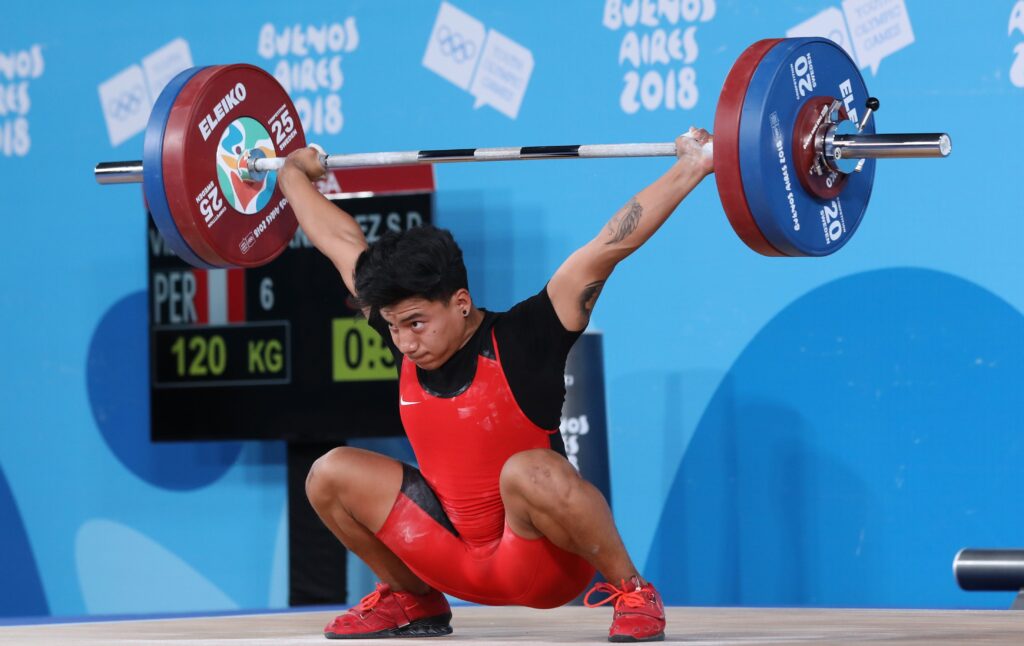
4. Chinese Weightlifting Technique
Chinese weightlifting technique refers to the style and method of weightlifting employed by Chinese athletes and coaches, characterized by technical proficiency, speed, explosiveness, cultural influences and martial arts influences.
Chinese weightlifting technique is evident in its success and dominance in international competitions, winning more Olympic medals and world records than any other nation throughout weightlifting history. Chinese lifters also include Lu Xiaojun, Liao Hui and Deng Wei among many others who display stunning technique and aesthetic.
To master Chinese weightlifting technique, it’s necessary to understand some key principles and concepts underlying their training and performance. Furthermore, you need to practice specific exercises and drills used by them for skill and talent development, in addition to adopting some of their mental and physical attributes such as discipline, focus and flexibility.
Here are some tips on how to perform Chinese weightlifting technique:
The Chinese approach to weightlifting relies on several fundamental principles that help govern its approach to the sport, such as:
- Balance: Balancing involves maintaining a stable and centered position during lifting, evenly disbursing load across body and avoiding unwarranted movements or shifts, to maintain control of weight without losing it forward or backward.
- Speed: Lifting fast means moving yourself and the bar as quickly as possible during each phase. Speed also refers to shortening time between stages and any pauses or hesitations between phases of lifting; this ensures you generate sufficient power and momentum during a lift and don’t become stuck or slow down during its execution.
- Coordination: Coordination refers to coordinating your movements and timing during a lift, matching up strength with technique, speed with strategy. Coordination ensures you execute it without errors or mistakes and minimize any potential mistakes or errors that arise during execution of lift.
- Explosiveness: Explosiveness refers to creating an explosive burst of force and acceleration during each lift, in addition to optimizing potential and output in each phase of lifting. Explosiveness helps ensure you lift the bar to as high a height as possible while catching it as low down as possible.
Exercises: Chinese weightlifting technique is developed through various exercises and drills that target different aspects of weightlifting, including:
- Pulls: Pulls are exercises which involve raising a bar from the floor to your hips or chest without catching it overhead or on your shoulders, to improve strength, power and speed in both the first and second pull phases of a lift. They can be performed using various variations such as snatch pulls, clean pulls, high pulls or power pulls for optimal results.
- Squats: Squats are exercises in which one bends their knees to lower one’s hips until their thighs are parallel with or lower than the ground, before standing back up again. Squats are used to increase strength, stability, and mobility during catch and recovery phases of lifting; different variations exist such as front squats, back squats, overhead squats or even pause squats.
- Presses:Presses are exercises in which a bar is pushed overhead from your shoulders or chest, usually for strength, stability and mobility enhancement. They can be performed in different variations such as strict presses, push presses, jerk presses or split presses.
- Complexes: Complexes are exercises in which multiple lifts or movements are executed successively without placing the bar down, in an attempt to improve technique, coordination and endurance in lifting. Complexes may include exercises like performing two overhead squats simultaneously (snatch + overhead squat), clean + front squat + jerk or pull+squat+press.
- Partial lifts: Partial lifts are exercises in which only part of a lift is performed, such as moving from floor to knees, knees to hips or overhead. They’re used to improve technique, speed and explosiveness during specific phases of lifting; variations include hang snatching, clean hanging, power snatching/cleaning or muscle snatching.
- Attributes: Chinese weightlifting techniques are heavily influenced by certain mental and physical attributes that Chinese athletes and coaches possess and cultivate, such as:
- Discipline: Following a strict and consistent training routine and adhering to high standards of performance and behavior are hallmarks of discipline. They enable us to overcome challenges, persevere through pain, and meet our goals by training hard but smart – two qualities of which discipline ensures.
- Focus: Concentrating on the task at hand while shutting out distractions or interferences and being aware of both body and mind in terms of emotions and thoughts are the hallmarks of good performance, helping avoid errors or mistakes from occurring. Focus is crucial to success.
- Flexibility: Being flexible refers to having an increased range of motion and mobility in your joints and muscles, adaptability in training and performance and adaptability with regard to injuries and plateaus. Flexibility ensures you move well while avoiding injuries or plateaus in movement patterns.
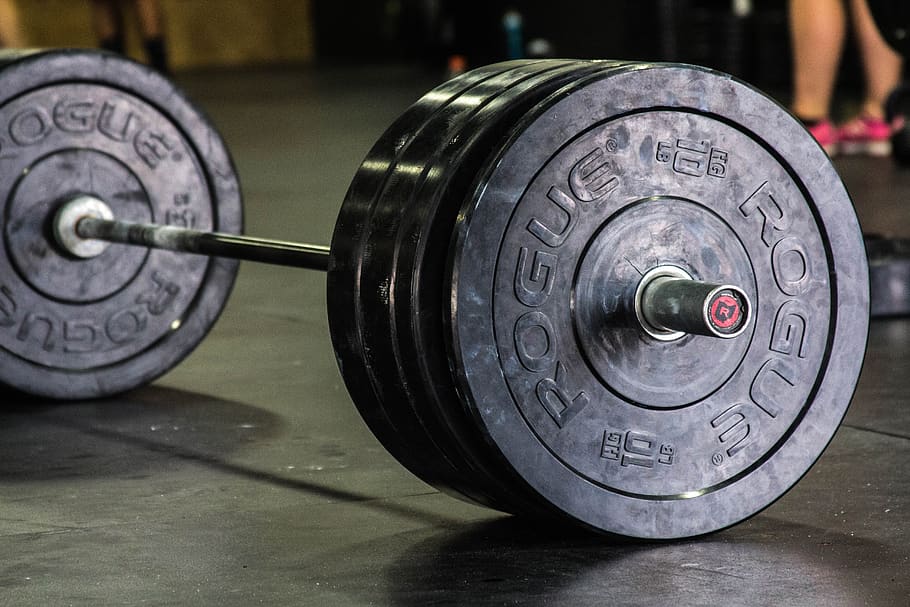
5. Technique Plates Weightlifting
Technique plates weightlifting refers to using specially-designed Olympic plates with similar dimensions but much lighter weights; commonly referred to as bumper or training plates. Made of rubber or plastic and available in different colors and weights.
Technique plates weightlifting provides numerous advantages for beginners or anyone wishing to perfect their form and technique without using heavy weights. You can practice your lifts using appropriate bar height and speed without compromising either your technique or safety, and in case of drops they prevent damage to floors or equipment from being caused by potential drops.
To use technique plates weightlifting effectively, there are some general guidelines you need to abide by. First of all, choose weights appropriate to your skill and strength level – selecting weights which challenge you without jeopardizing your form – then select barbells that match your grip width and hand size, before ensuring a flat, stable platform or mat is used as your lifting area surface – this way the surface remains level, stable and shock-absorbent throughout each lift session.
- Weight: Technique plates weightlifting come in different weights, ranging from 0.5 kg to 10 kg. You should choose a weight that is appropriate for your level of skill and strength, meaning that you use a weight that challenges you but does not compromise your technique. You should also progress gradually, meaning that you increase the weight only when you master the current weight with perfect form and speed.
Barbell: Weightlifting techniques require using an appropriate barbell that matches both your grip width and hand size, such as an Olympic barbell that weighs 20 kg for men or 15 kg for women. Furthermore, an ideal barbell must feature smooth rotation, optimal whip action and precise balance; an eleiko technique bar or weightlifting technique bar may serve this purpose well.
- Platform: Technique plates weightlifting require using an appropriate platform or mat in your lifting area, which should be flat, stable and shock absorbent. A wooden or metal platform at least 2.5 meters by 2.5 meters should be used along with at least 2-centimeter thick rubber or foam matting to protect both floor and equipment while decreasing noise and vibration levels.
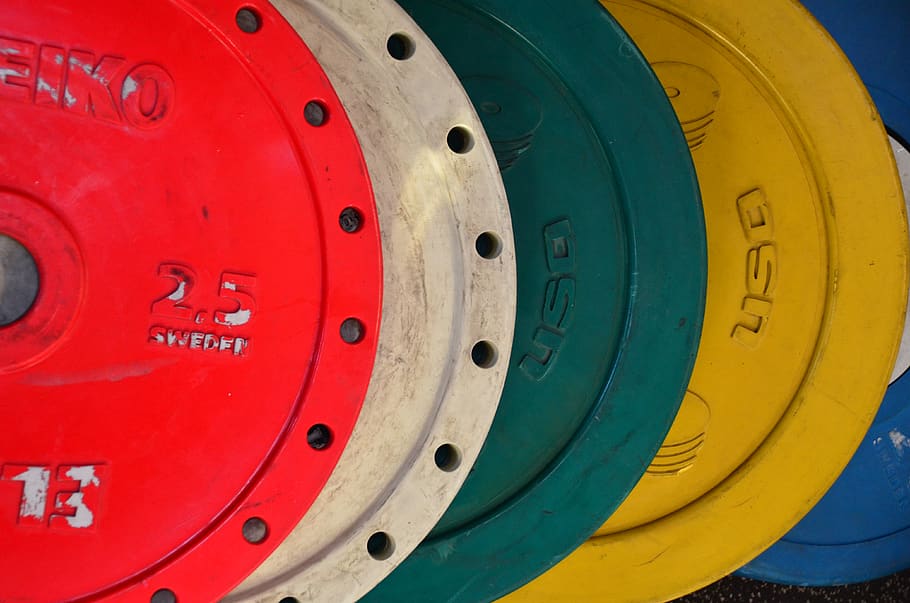
6. Eleiko Technique Bar
Eleiko technique bars are high-quality barbells designed specifically for Olympic weightlifting and manufactured by Eleiko, a Swedish company known for producing some of the world’s best weightlifting equipment.
Eleiko technique bars provide advanced or competitive lifters who wish to train using top equipment with numerous advantages. Their smooth rotation, optimal whip action, precise balance, and precise weight distribution enhance performance and technique while meeting International Weightlifting Federation (IWF) specifications which makes it suitable for official competitions.
To use an Eleiko Technique Bar properly, there are a few basic guidelines you must abide by. Select weights which challenge you without compromising your technique; use appropriate technique plates weightlifting; utilize plates that have similar dimensions as standard Olympic plates but weigh significantly less; maintain and care for your barbell; clean regularly before storing correctly
Here are some tips on how to use an Eleiko Technique Bar:
- Eleiko technique bar come in two weight options for men (20 kg for men and 15 kg for women). You should select a weight appropriate for your level of skill and strength – one that challenges but does not compromise your technique – gradually increasing it when your form and speed improves with every new weight increase.
- Plates: Eleiko technique bar require proper technique plates weightlifting, meaning that you use smaller Olympic plates but weighing much less. Rubber or plastic plates made up of different colors and weights should also be used with collars to secure them to the barbell and prevent any slipperiness or falling off.
- Maintenance: Eleiko technique bar require regular care and maintenance, meaning that after each session they should be cleaned off with a soft cloth or brush to wipe away dirt or chalk build-up on them, and used lubricant or oil on bearings and sleeves in good condition. Horizontally store on rack or stand to avoid dropping it or being exposed to moisture or extreme temperatures.
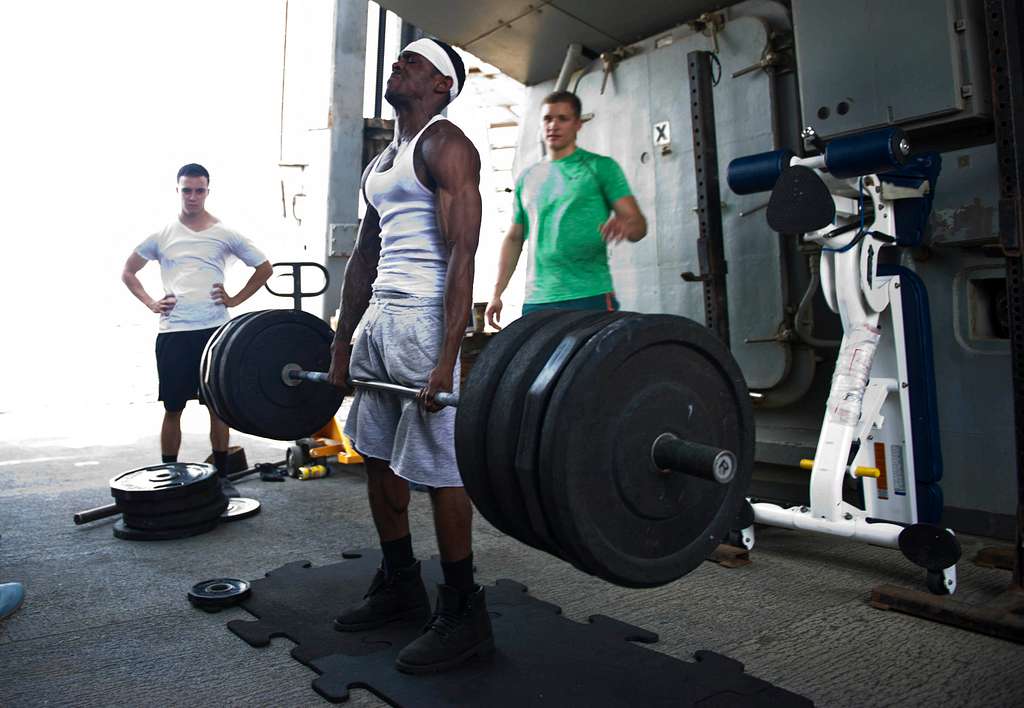
7. Weightlifting Technique Bar
A weightlifting technique bar refers to an Eleiko technique bar that weighs 10-15kg but still offers all the same features and quality as its bigger brother. These bars are produced by Eleiko for use by weightlifters worldwide.
Weightlifting technique bars offer many benefits to beginners or anyone wanting to work on their technique without using heavy weights. You can practice lifts at appropriate bar height and speed without jeopardizing safety or technique; plus they help develop strength, power and coordination gradually over time.
Weightlifting technique bars require you to follow some general guidelines. First and foremost, choosing appropriate weight for your level of skill and strength – meaning selecting weights which challenge but don’t compromise your technique – as well as proper technique plates weightlifting (ie plates with similar dimensions but lighter weight than standard Olympic plates), plus taking steps such as cleaning it regularly before storing properly are crucial steps in using them properly.
Here are a few tips on how to use weightlifting technique bars:
- Weight: These bars come in two weight options of 10 kg and 15 kg. You should select a weight appropriate to your skill and strength levels without compromising technique, and progress gradually; adding weight when your current one can be completed successfully with perfect form and speed.
- Plates: Weightlifting technique bar requires proper technique plates weightlifting, which means using plates that have the same diameter but weigh significantly less than standard Olympic plates. You should utilize rubber or plastic plates, with various colors and weights available, while collars should also be utilized to secure them on the barbell and prevent sliding or falling off.
- Maintenance: Weightlifting technique bar require routine care and attention, such as being cleaned after each session and stored safely afterwards. Use a soft cloth or brush to wipe off dirt or chalk from the barbell; additionally use lubricant or oil to ensure bearings and sleeves remain in good condition; store horizontally on a rack or stand, avoid dropping or subjecting to extreme moisture or temperatures conditions – these should all help ensure peak performance!
